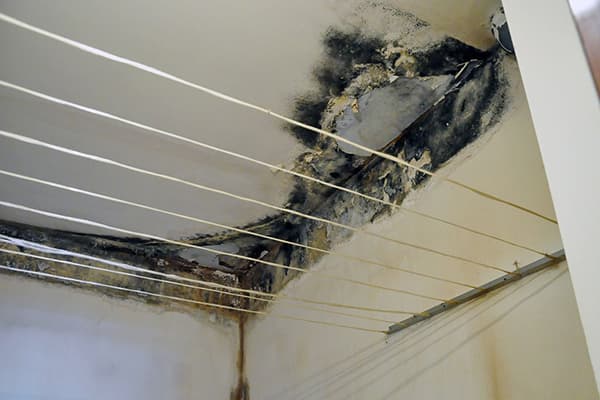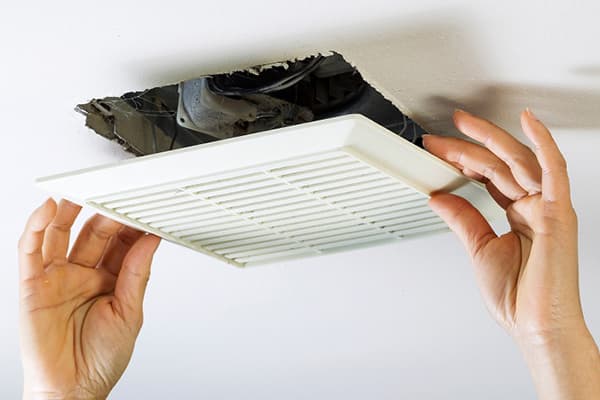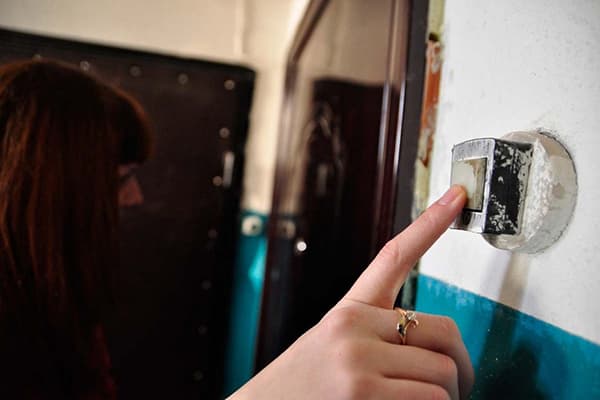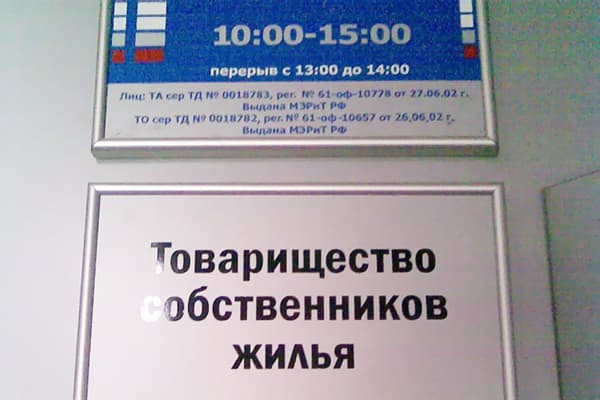Check if your kitchen ventilation system is working
As long as the ventilation in the apartment in the kitchen performs its functions normally, you don’t pay attention to it. But as soon as the system fails, life in the house immediately becomes uncomfortable (and in many cases unsafe!). Having encountered this problem from my own experience, I can say with confidence: checking the operation of the ventilation and repairing it as needed is necessary, and it is not too difficult. I'll tell you about everything in order.
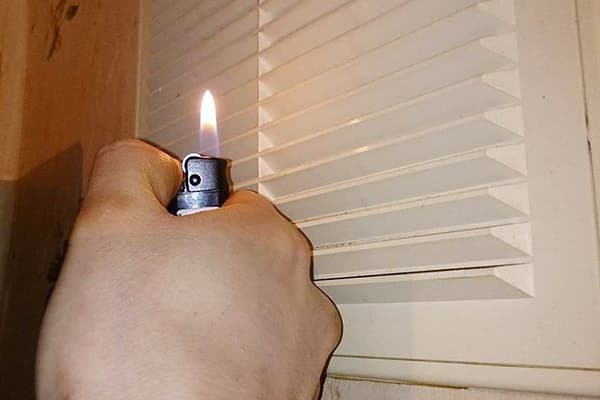
Alarming symptoms
A few months ago, I began to notice that my apartment was getting stuffy. I had to open the windows more often, and foreign odors appeared. In cold weather, the windows quickly fogged up, and if, for example, you put a kettle on the stove, the condensation would already run down the glass in real trickles.
At first, these alarming signs were not given any importance, but gradually the whole family began to notice that the microclimate in the apartment was getting worse. I had to remember the old ways of checking ventilation and get down to business:
- A piece of paper brought to the ventilation grill not only was not attracted to the plastic, but did not even flutter under the air flow.
- The light of the lighter, brought to the vent, remained practically motionless.
Don’t repeat my mistake - don’t expect the ventilation problem to “resolve” on its own. If you notice a deterioration in her work, take action immediately!
All the symptoms indicated that the ventilation in the apartment was not doing its job.It was no longer possible to ignore this, and I began to study the forum pages to understand how to proceed.
Poor ventilation is dangerous
I will say right away that what I read scared me quite a bit. It turned out that problems with air renewal in the apartment are dangerous. They can cause significant health problems and material losses:
- Constant humidity and mustiness are excellent conditions for the development of mold and bacteria. When they enter the lungs when inhaled, they can cause an allergic reaction, bronchitis, pneumonia and other acute and chronic diseases. The danger is especially high for children, the elderly, as well as adults with asthma and allergies.
- Fungal colonies spoil the decoration of walls and ceilings, furniture and other things. If you get into a bad situation, it will be easier to throw away damaged items and make major repairs than to clean off mold stains.
- The stuffiness forces you to open the windows for ventilation. But heat escapes through the windows and transoms, which means the apartment will be cold and uncomfortable.
All this only strengthened my desire to deal with the problem as soon as possible.
First step: check the bars and windows
To begin with, I decided to make sure that the problem was not in my apartment. Armed with a long piece of solid wire, a screwdriver, a strip of paper and a rag, I went to inspect the vents in the kitchen, bathroom and living areas. First, I took out each grate and thoroughly cleaned the inside of it from dust and dirt. The kitchen vent turned out to be the most problematic; its grate was heavily overgrown with grease, which firmly cemented dust and cobwebs.
After cleaning the vents, checking the air flow (using a burning match and a piece of paper) showed a slight improvement in the condition.But it was clearly not possible to achieve decisive success.
Then, using a wire probe, I checked how long it was (about 2 m) and that there was no blockage in the ventilation system shafts. Sometimes the gap can be blocked by bird's nests, construction debris, fallen leaves, clods of dust and cobwebs. However, I was unable to detect any foreign objects.
I decided to ignore another typical reason why air stagnates (plastic windows). The fact is that even when placing the order, we discussed with the consultant of the company producing window structures the presence of supply valves in them. These devices constantly let air in from the street in very small portions. But if there are no such valves in the windows, they can cause problems.
Step two: go to the neighbors
After making sure that the problem was not related to a blockage in the apartment, I went to the neighbors. The purpose of my trip was to find out if someone had recently installed a powerful hood in the kitchen or if the ventilation duct had been blocked during a major renovation.
A hint that the source of the problem is the neighbor's hood may be the appearance of foreign odors (cooking food, tobacco) that are clearly not related to events in your apartment.
I walked around three apartments located above my home along the ventilation riser. In two apartments, the neighbors were willing to make contact (most of the residents of our building are old, we have known each other for a long time). In one apartment, however, they did not open it to me, but a cross-questioning of neighbors made it possible to find out that its residents had not recently carried out construction work and had not purchased household appliances.
Step three: contact the HOA
Maintaining the ventilation system of the house in working condition is the direct responsibility of the HOA (or management company).Therefore, after making sure that the problem was not related to my home or neighboring apartments, I headed to the office. There we had to do the following:
- Inform the chairman (he can be replaced by an authorized employee) about the problem.
- Write a statement requesting work to be done to clean the ventilation ducts. The application must be drawn up in two copies, and one must be kept for yourself, not forgetting to register it with the HOA (date of submission, seal of the organization and signature of the employee who accepted the application for work).
Literally the next day (we agreed on a time in advance) representatives of the HOA came to see me. They took measurements of the air flow passing through the vent, then together we drew up a report stating that the ventilation system of the house was not working efficiently enough.
About a week later, the HOA employee called me and told me that work had been done to remove the blockage in the attic. The cause of the problem turned out to be construction debris that got into the pipe. After this conversation, I checked the operation of the vents again and immediately noticed a difference: the sheet seemed to be glued to the ventilation grille.
Finally, I’ll say: don’t be afraid to take action! This is not at all difficult to do, and the result is clearly worth the effort.
Author: Yu. Mikhailovich
